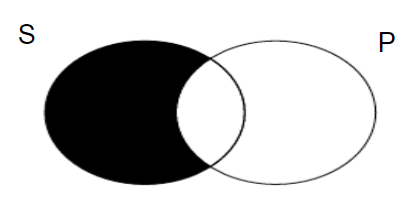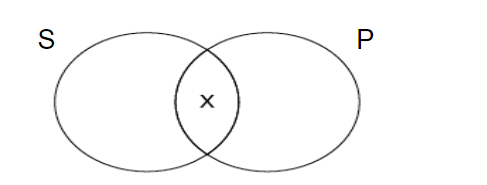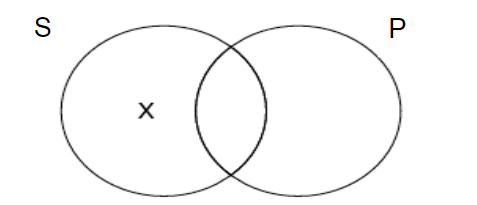Final Intro to log
1/26
There's no tags or description
Looks like no tags are added yet.
Name | Mastery | Learn | Test | Matching | Spaced |
|---|
No study sessions yet.
27 Terms
A valid argument is one in which it is necessary that,
if the premises are true, then the conclusion is true.
deductive argument
If you intend to make the conclusion “guaranteed” to be true
one in which it is claimed that the conclusion follows necessarily from the premises
inductive argument
If you intend to make the conclusion “probably” true
one in which it is claimed that the premises make the conclusion prob
validity
An argument is valid if and only if it is impossible for the conclusion to be false given the premises are all true.
Soundness =
valid argument + all true premises
an argument is sound if and only if
it is valid and it contains all true premises
Validity is only about the
“relationship between the premises and the conclusion” regardless of the actual content
If valid, it is IMPOSSIBLE
the conclusion to be false given the premises are true
quantifier
A: All / E: No / I: Some / O: Some
copula
are, are, are, are not
Four components of a categorical statement
Subject, Predicate, Quantifier, Copula


all S are P

No S are P

Some S are P

Some S are not P
A condition is sufficient if
whenever it is met, the outcome is guaranteed
a condition is necessary if
the outcome cannot happen without it
negation
connective/operator: not
symbol: ~
conjunction
connective/operator: and, but, however, furthermore, moreover, yet
symbol: &
disjunction
connective/operator: or, unless
symbol: v
conditional
connective/operator: if then, only if, so, necessary cond., sufficient for
symbol: —>
biconditional
connective/operator: if and only if, just in case, just if, necessary and sufficient
symbol: ←→
inductive argument will never be
valid, no matter how plausible, because it appeals to authority, it’s about credibility
truth table for P & Q
P | Q | P & Q
T | T | T
T | F | F
F | T | F
F | F | F
truth table for P v Q
P | Q | P v Q
T | T | T
T | F | T
F | T | T
F | F | F
truth table for P —> Q
P | Q | P —> Q
T | T | T
T | F | F —> if antecedent is false, then P —> Q is true
F | T | T
F | F | T
truth table for P ←→ Q
P | Q | P ←→ Q
T | T | T
T | F | F
F | T | F
F | F | T